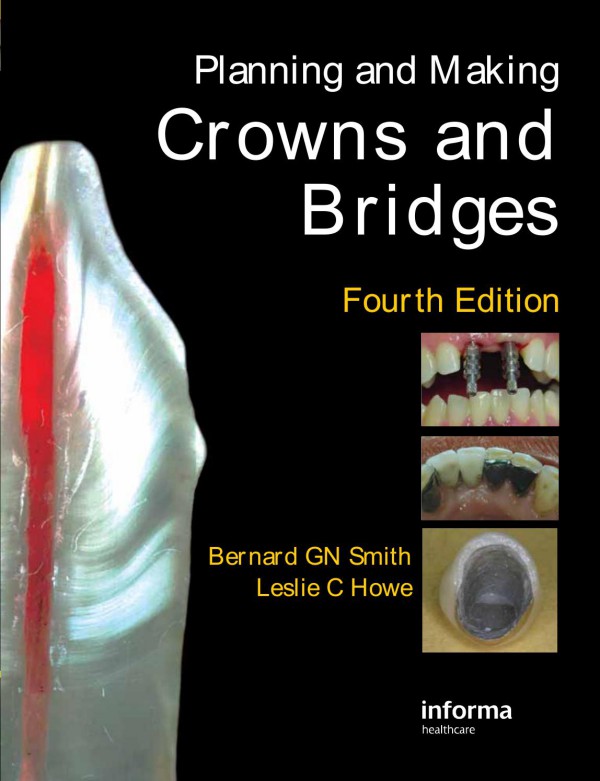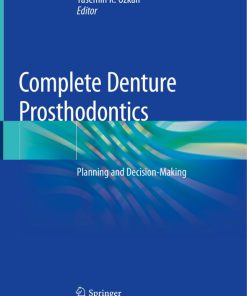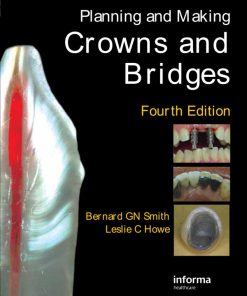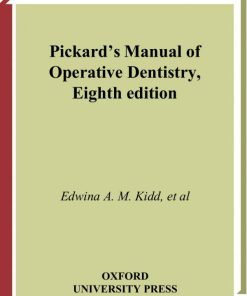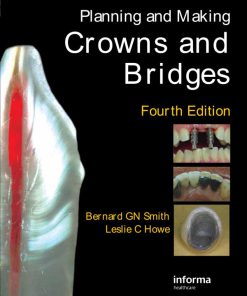Planning and Making Crowns and Bridges 4th Edition by Bernard Smith, Leslie ISBN 1040073530 9781040073537
Original price was: $50.00.$25.00Current price is: $25.00.
Authors:Bernard G.N. Smith, Leslie C. Howe , Series:Dentistry [188] , Author sort:Bernard G.N. Smith, Leslie C. Howe , Ids:9780415398503 , Languages:Languages:eng , Published:Published:Aug 2017 , Publisher:Informa Healthcare , Comments:Comments:The aim of this book is to answer at least as many of the questions beginning with ‘why’ as those that begin with ‘how’. A textbook is not the ideal medium for teaching practical, clinical or technical procedures. These are best learnt at the chairside and in the laboratory. However, the mass of material which must be learnt, usually in a restricted timetable, in the clinic and laboratory means that there is often insufficient time to answer the questions, ‘Why am I doing this?’ or, ‘When should I not do this?’ or even, ‘What on earth can I do here?’. The book is meant for clinicians, both undergraduate and postgraduate, and so although the emphasis is on treatment planning, crown and bridge design and the related theory, clinical techniques are also described in some detail. Laboratory technique is, though, almost completely omitted, both to keep the book to manageable proportions and because most clinicians no longer undertake this themselves. It is nevertheless abundantly clear that a good standard of laboratory work is as important as the other phases in the construction of crowns, bridges and implants. The process may be divided into three stages: Initial decision making and mouth preparation Clinical procedures Technical procedures.




